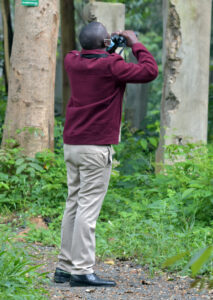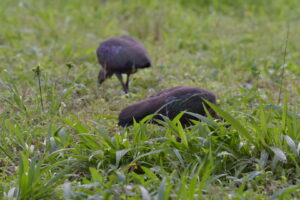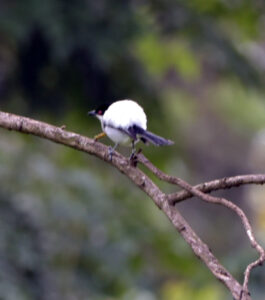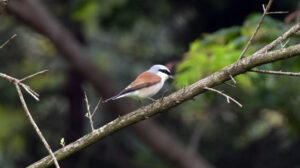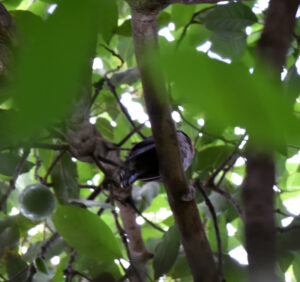A blend of red, orange and yellow paints the sky whilst the setting sun casts silvery glitters on the vast expanse of Mida Creek, a tidal inlet in Kilifi County. On the beach, hundreds of silhouettes of birds move with the constant ebb and flow of waves. A suspended boardwalk cutting through the dense thicket of mangrove forest completes the charm of this special place tucked within Kenya’s North Coast.
All around the boardwalk, which opens up to the sea at the end, is a rich concentration of mangroves. Of Africa’s nine species of mangroves, Watamu’s Mida Creek boasts of eight, making it an important breeding and feeding ground for marine species.
“Mida Creek is a place rich in biodiversity. This creek attracts tourists and researchers who come to learn more and study the complex marine ecosystem,” says Ali Bakari, the chairperson of Mida Creek Conservation and Awareness Group.
From the boardwalk, one can discover the many aspects of Mida Creek: mud and sand flats, open shallow waters and mangrove forests. It is these diverse habitats and the birds and marine life they sustain that give Mida Creek global recognition.
Together with the adjacent Arabuko-Sokoke Forest, Mida Creek is part of a UNESCO Biosphere Reserve – terrestrial, marine and coastal ecosystems that promote the reconciling of conservation of biodiversity with sustainable use.
The mangrove channels form important feeding and breeding grounds for various fish species, including parrotfish, rabbitfish, jacks, snappers, groupers, emperors and barracudas. The creek is also hosts thousands of migratory and resident birds, including regionally and globally threatened species. Mida Creek is designated as an Important Bird Area for hosting large congregations or gatherings of migrating birds from Europe and Asia
With binoculars, one might observe Dimorphic Egrets, Lesser Crested Terns and Roseate Terns feeding. Between September and May, one can also spot migrant birds like Sanderling, Curlew Sandpiper, Little Stint, Whimbrel, Grey Plover, and Greater and Lesser Sand Plovers. Mida Creek is famous for hosting Crab Plovers, white and black shorebirds that nest in Somalia.
In the water, marine life includes varieties of seagrass and seaweeds that provide food and habitat for other aquatic species. Among the mangroves, one can spot fiddler crabs with one big bright claw carpeting the sand.
Nature Kenya Coast Regional Coordinator Francis Kagema explains the need to keep the creek’s environment healthy to support its large number of marine species.
“To sustainably conserve the creek, we rolled out livelihood empowerment programs that involved building capacity of local communities to enable them to tap from tourism and conserve Mida Creek,,” Kagema says.
The Mida Creek Conservation and Awareness Group is the area’s Site Support Group (SSG). The group conducts conservation activities, including site monitoring and restoration, awareness creation and environmental education. It also runs income-generating activities in the form of a restaurant and boat rides for visitors. Nature Kenya provided the group with life jackets and other marine safety gear.
“Our group is actively engaged in various conservation activities,” notes Bakari. “These include beach cleanups as well as the planting of mangroves in degraded areas. This creek plays a critical role both in conservation and in supporting our livelihoods.”

